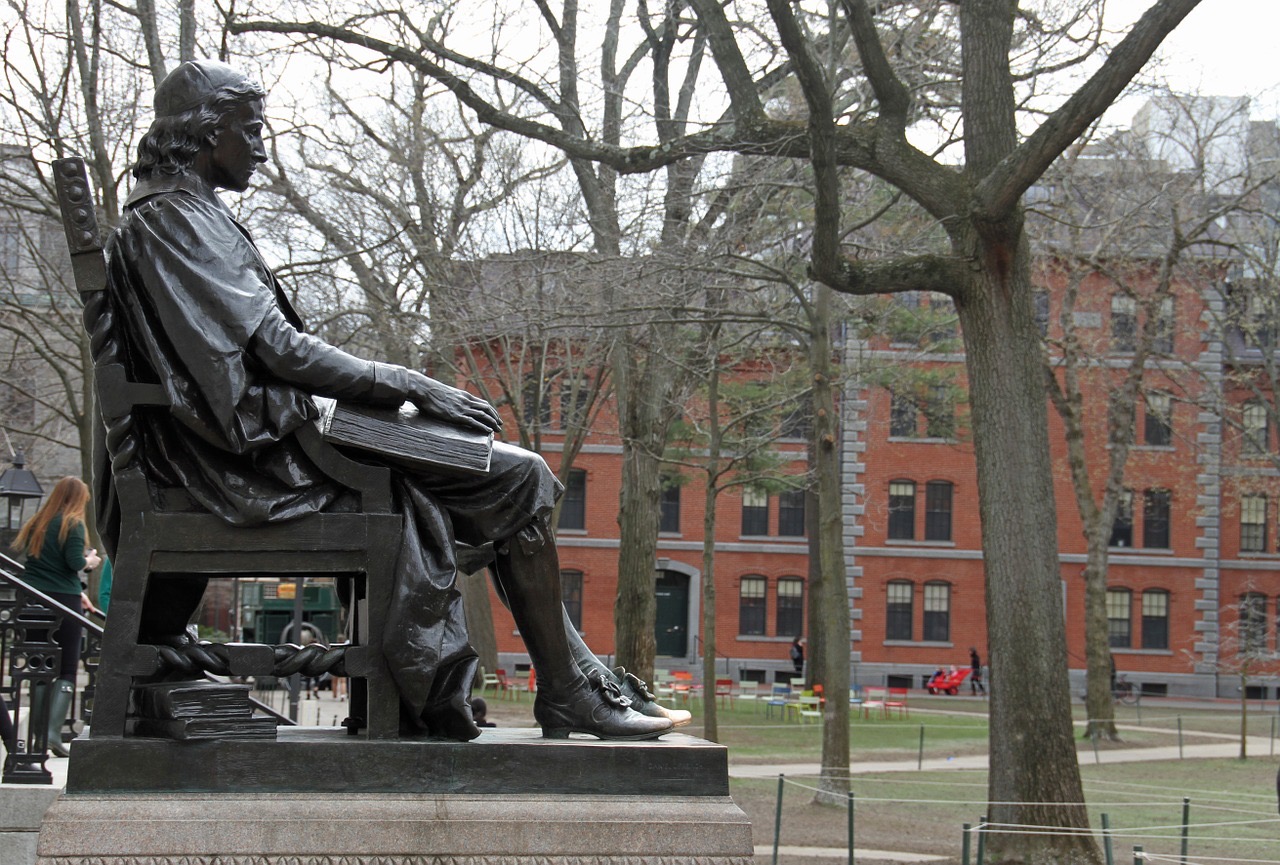History Of Cambridge MA
The city is across the Charles River, as per wikipedia.org, the name of the city was given to it due to the University of Cambridge. Historically, this site was chosen because it became a good place to defend one from the attacks by enemy ships. The first settlers in this town, as per the history of Cambridge MA, were Thomas Dudley, Anne Bradstreet and her husband. In 1631, the first houses of Cambridge were built and it was initially known as the Newe Towne.The rapid growth of the city occurred in 1790 to 140, when West Boston Bridge was built here, in 1792, and this connected the city to Boston, decreasing the time it took to travel there. There are many historic places that define the history of Cambridge MA, and some of them are discussed below.
Edwin Abbot House
This house is also known as Zabriskie House, which is located at 1 Follen Street. It was built in the year 1889, and the designers of the building were Longfellow, Alden and Harlow. As per wikipedia.org, the style of the house is Richardsonian Romanesque and since 1937, it has served the function of Longy School of Music of Bard College.Despite its historic looking entrance, the interior of the house is something you can’t miss. The entrance hall is grand, and the woodwork done in the house, show quality and creativity. There is also a grand staircase, which will leave you mesmerized.
Almshouse
As per wikipedia.org, you can visit this house at 45 Matignon Road. It was established in 1850 and is a great example of residential architecture. It was built in stone and when you look at it, you will see how the house can resemble a prison that was made in those times; it is an important aspect of the history of Cambridge MA.The style of the house is Greek Revival and it was designed by the architecture Gridley J.F. Bryant. Along with him, Rev. Louis Dwight, who was a prison reform expert, also played a role in designing the place. The design was inspired from the Charles Street Jail, which was built in 1848. In 1927, the property was bought by Roman Catholic Archdiocese of Boston, and they operated a school and convent there.
American Net And Twine Company Factory
This place is located at 155 2nd Street, and it stands in an industrial area. As per wikipedia.org, the company was founded in 1844 and it became the first in the country to produce fishing nets. The fishing nets produced here were made of cotton and not hemp. This is an important historic moment, because the fishing nets previously, had to be imported from the UK. As the demand for fishing nets rose, the company was built and it expanded between the time period of 1886 and 1916.Athenaeum Press
This press building was built in 1895, by Lockwood, Greene & company. The vaults of the building were designed by the Guastavino Company. Ginn and Company, as per wikipedia.org, were the main owners of the press, and the house was host to printing operations. The printing press was made on the principles of textile mill constructions and the embellishments of the building were quite stylish.When you visit the house, you will get the feeling that it resembled a Greek Temple, because of the brick, copper and glass that is used in its construction. The historic significance of the place and its importance in the history of Cambridge MA is that, it was the third major printing press in Cambridge.
Bennink-Douglas Cottages
To give you an insight in the history of Cambridge MA, you have to look at the four worker duplexes that were built in 1874. These historic duplexes are located at 35-51 Walker Street. The reason why these cottages show historic significance, is because they show how housing was developed for low-income workers.The cottages are of wooden frame, with mansard roofs and as per wikipedia.org, there are two entrances of the each cottage. These cottages were built by Gerritt Bennink and William Douglas and they were significant at that time because the city was experiencing rapid growth, and people from low income families needed shelter above their heads. The exteriors, even now, have their original appearance and when you visit these cottages, you will get to know how housing was made for the working class at that time.
Beth Israel Synagogue
This was a former Jewish Synagogue, built in 1901 and was the first one in the East Cambridge area. The history of the synagogue is part of the history of Cambridge MA, which dates back to 1898, when the Congregation of Anshai Sfard was founded. The people met in private residences at the start, and in 1900, as per wikipedia.org, the Congregation Beth Israel was established. The congregational faced a division due to their doctrinal differences, and that is what led to the foundation of Congregation Agudath Ashkenazim.The building is really beautiful from the outside, and even though it has been converted to condominium units, you can still see its historical presence.
The Jarvis
This building was built in 1890, and was one of the first apartment houses that were built in northern MA Avenue. It was made for the purpose of accommodating a large single family. The building sure gives an insight into the history of Cambridge MA, as it shows a polychrome trim, chimneys and the style of the building is Queen Anne. As per wikipedia.org, the architect of the place was J. R. & W. P. Richards.The Cambridge Public Library is another aspect of the history of Cambridge MA, where you will find digital content and books as well. The library has six branches, and if you really want to look at a library that was built in 1888, then this is the perfect place for you to go and spend time.





